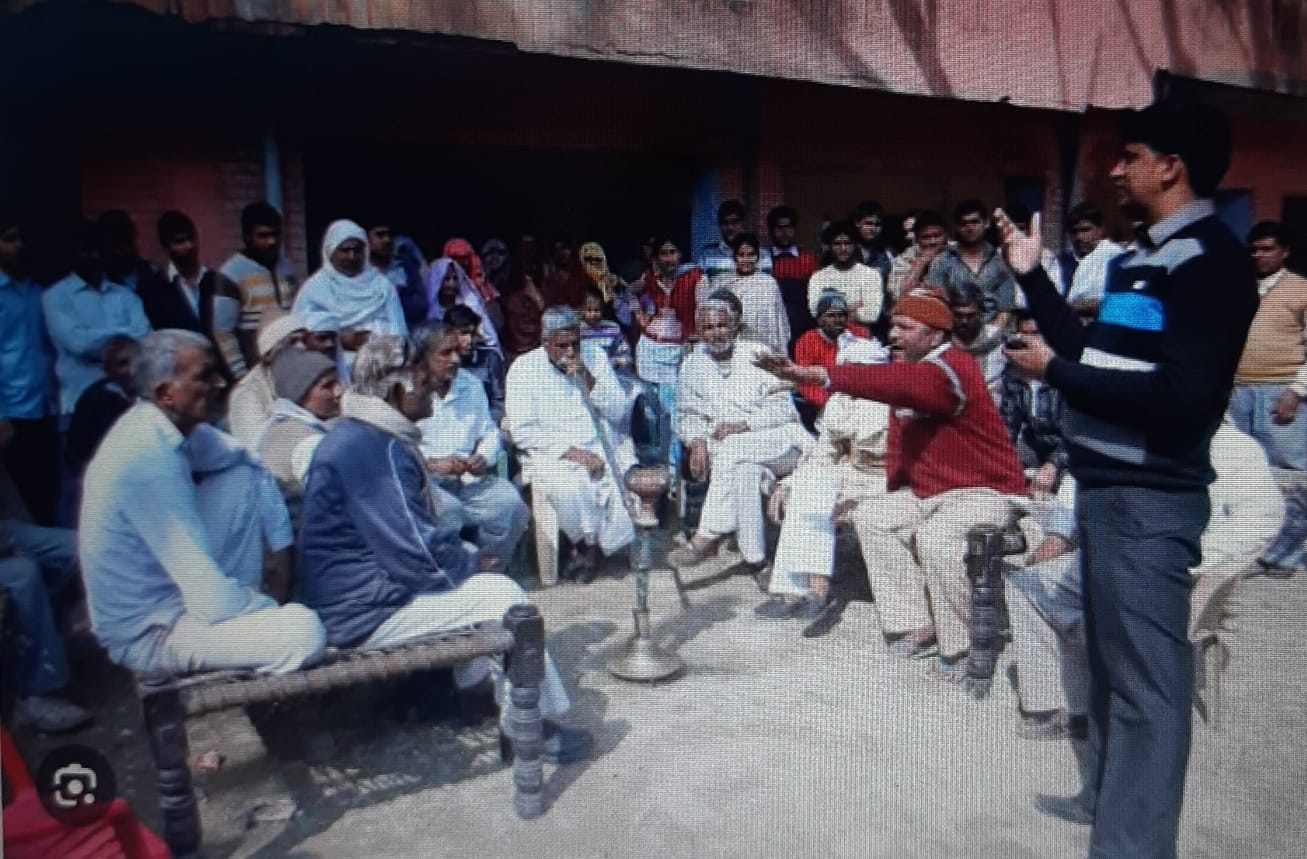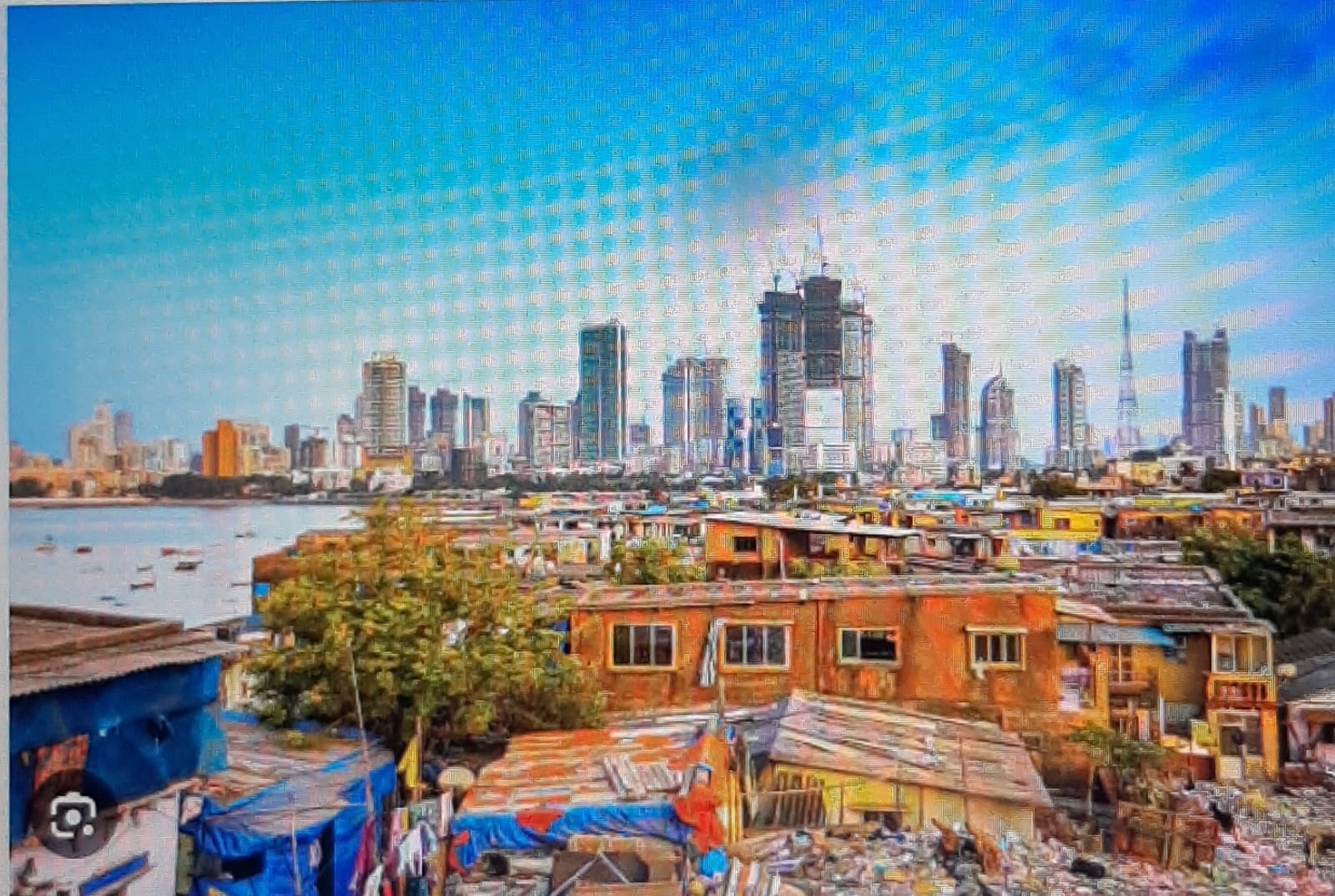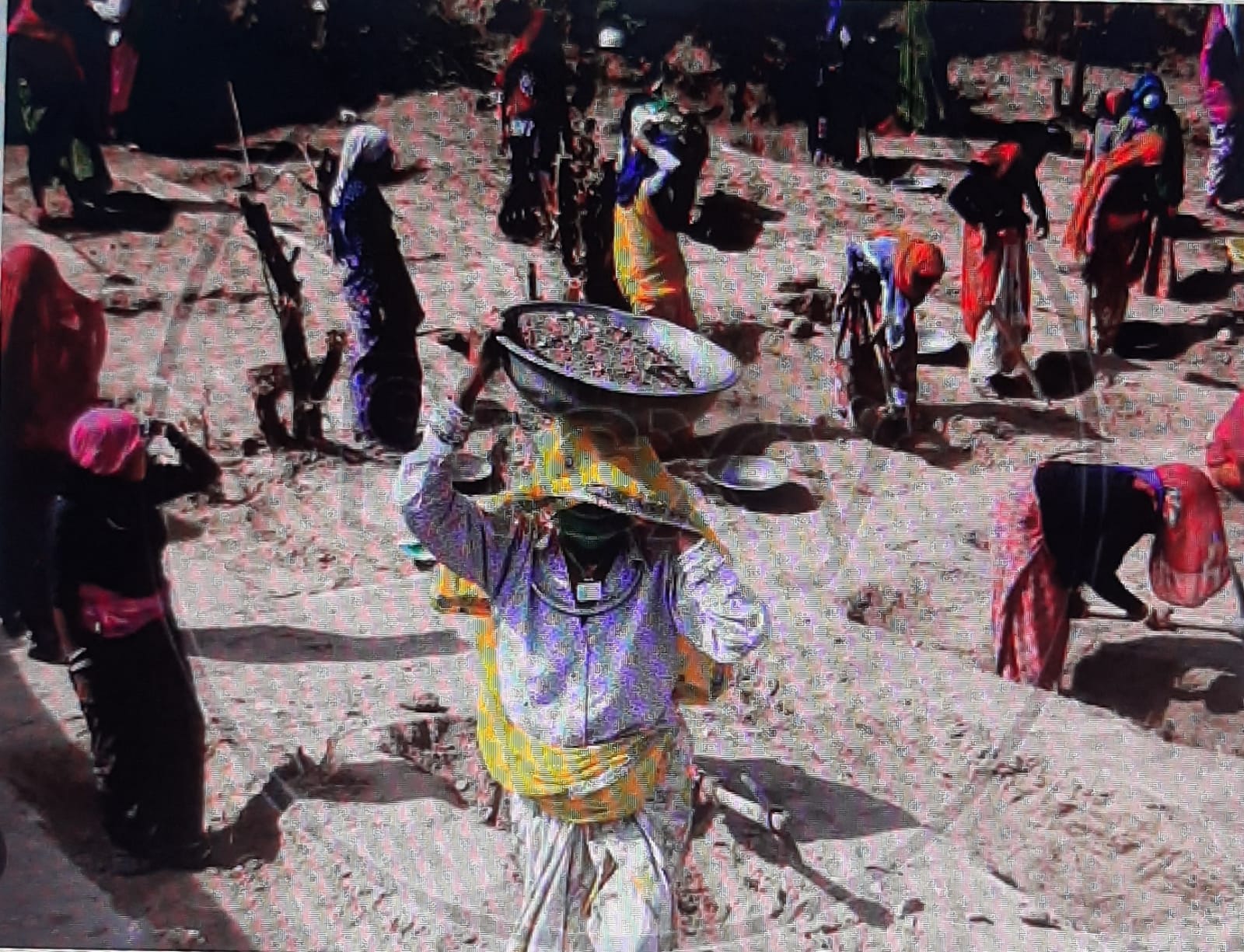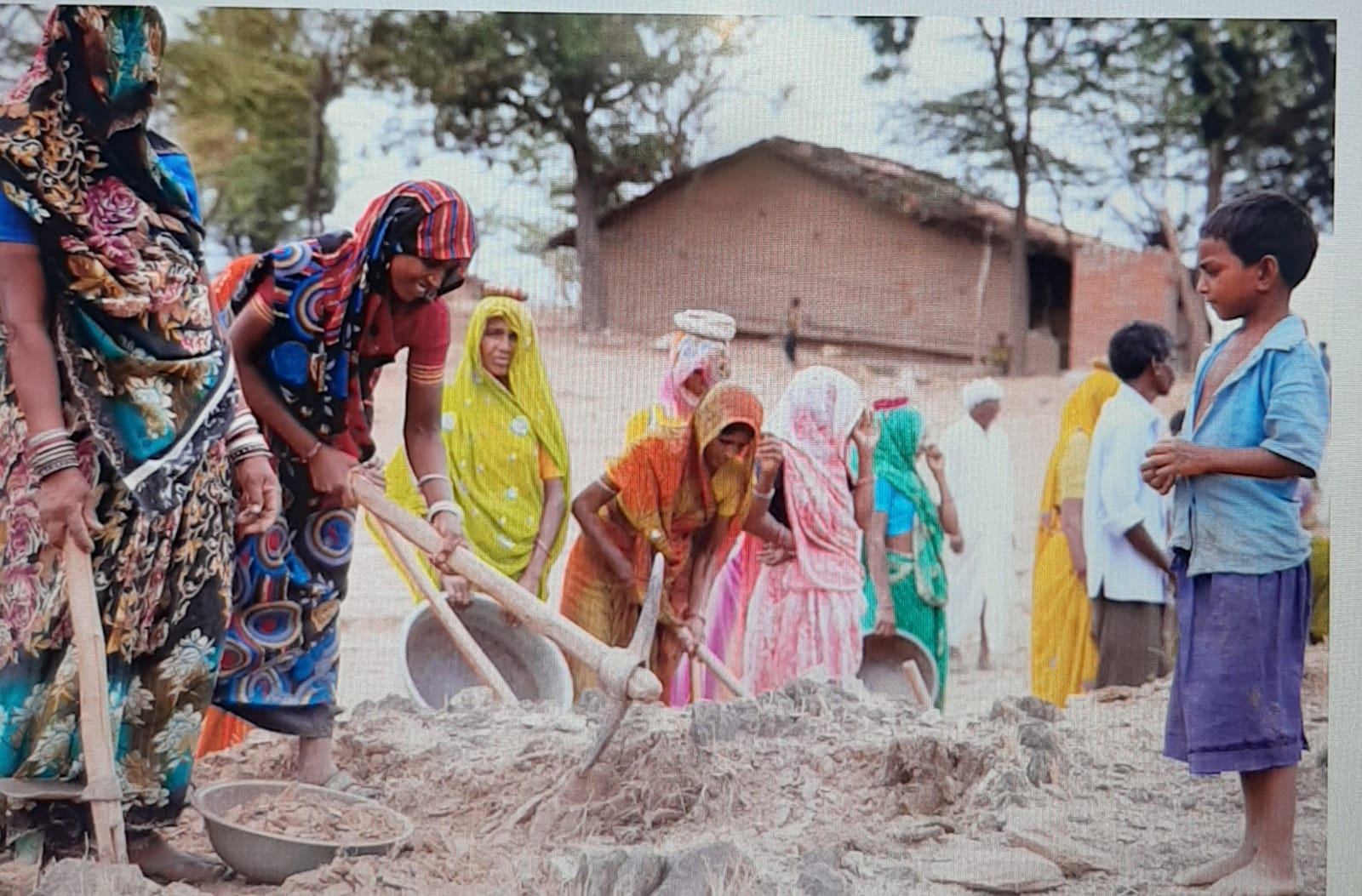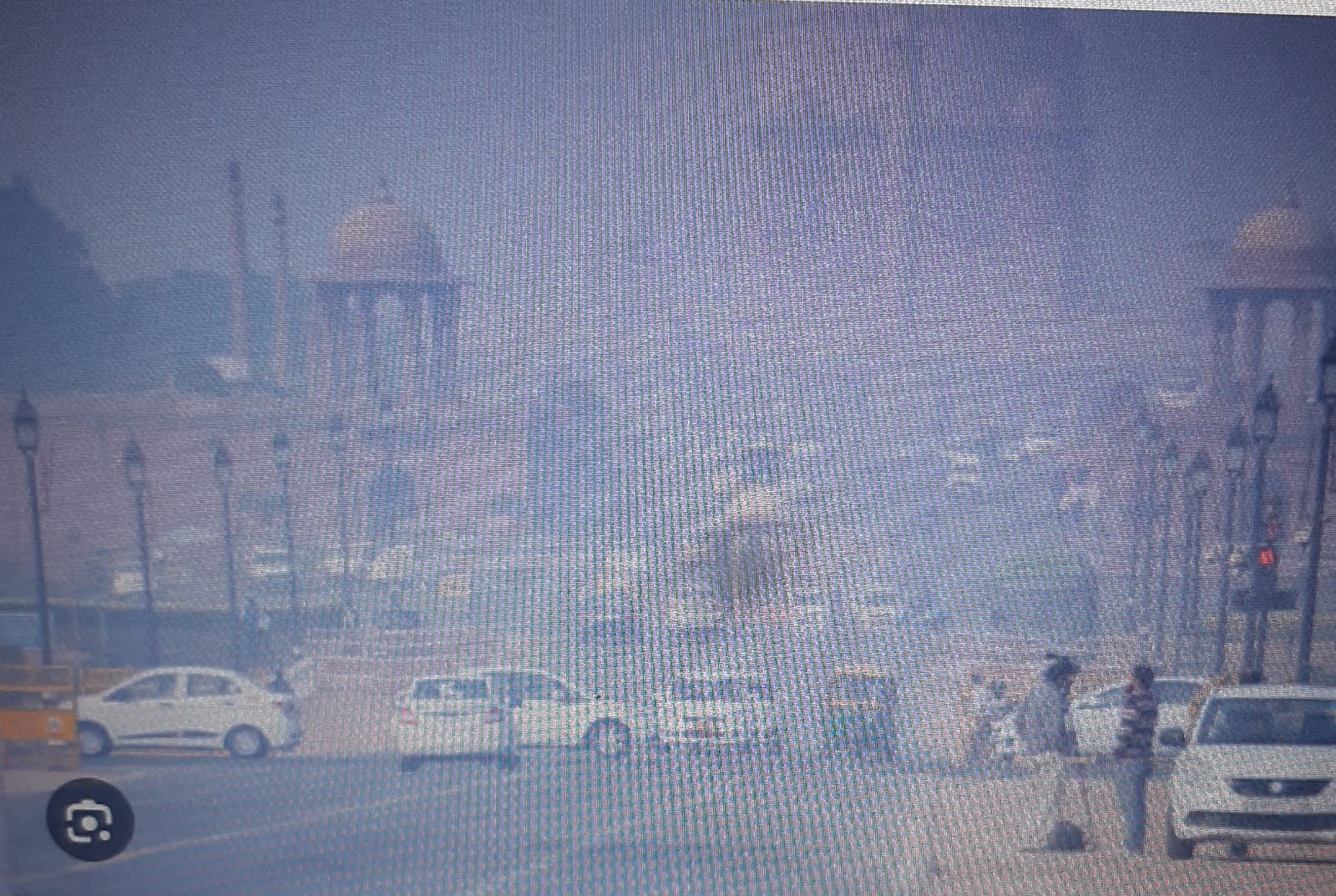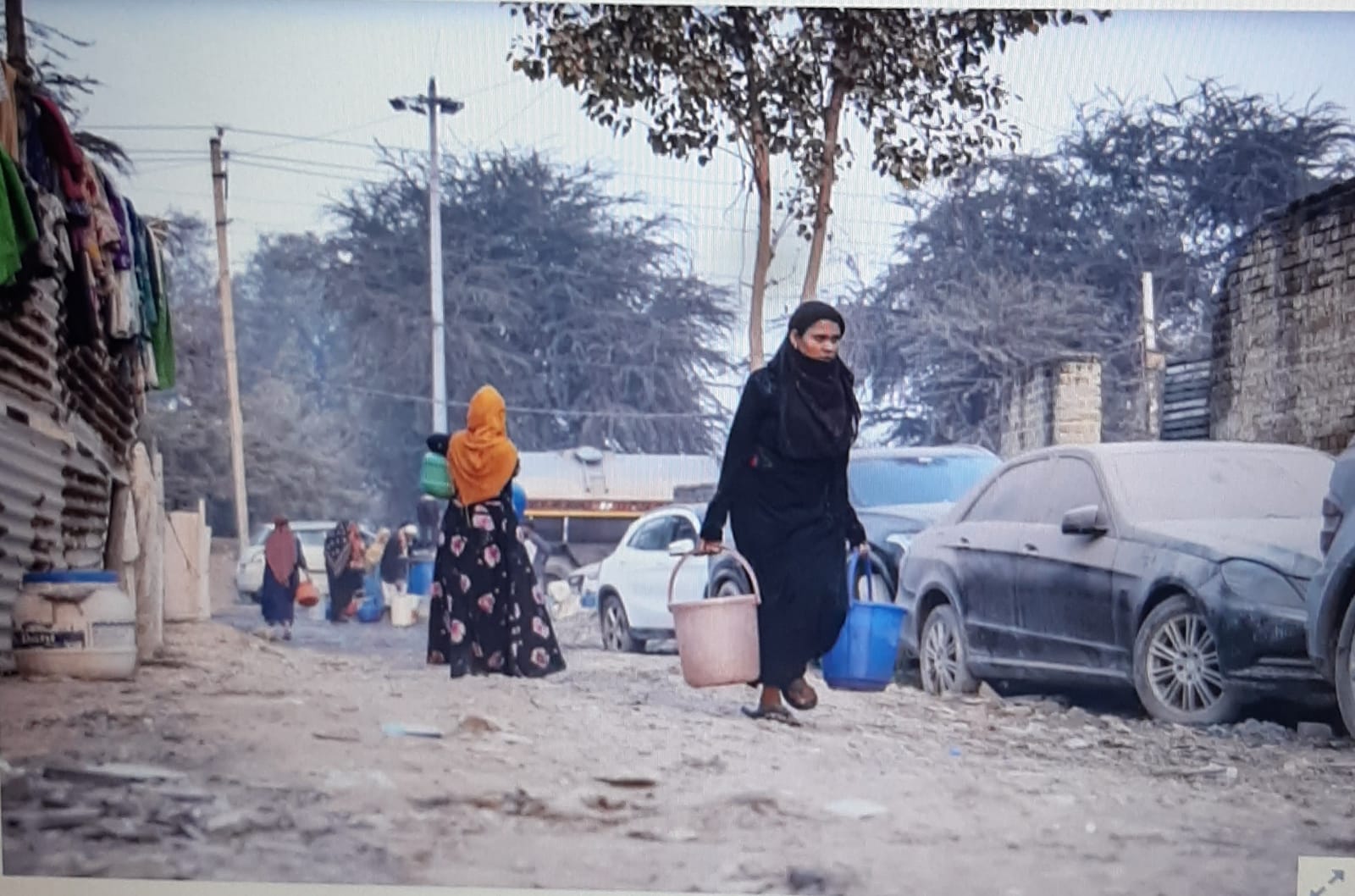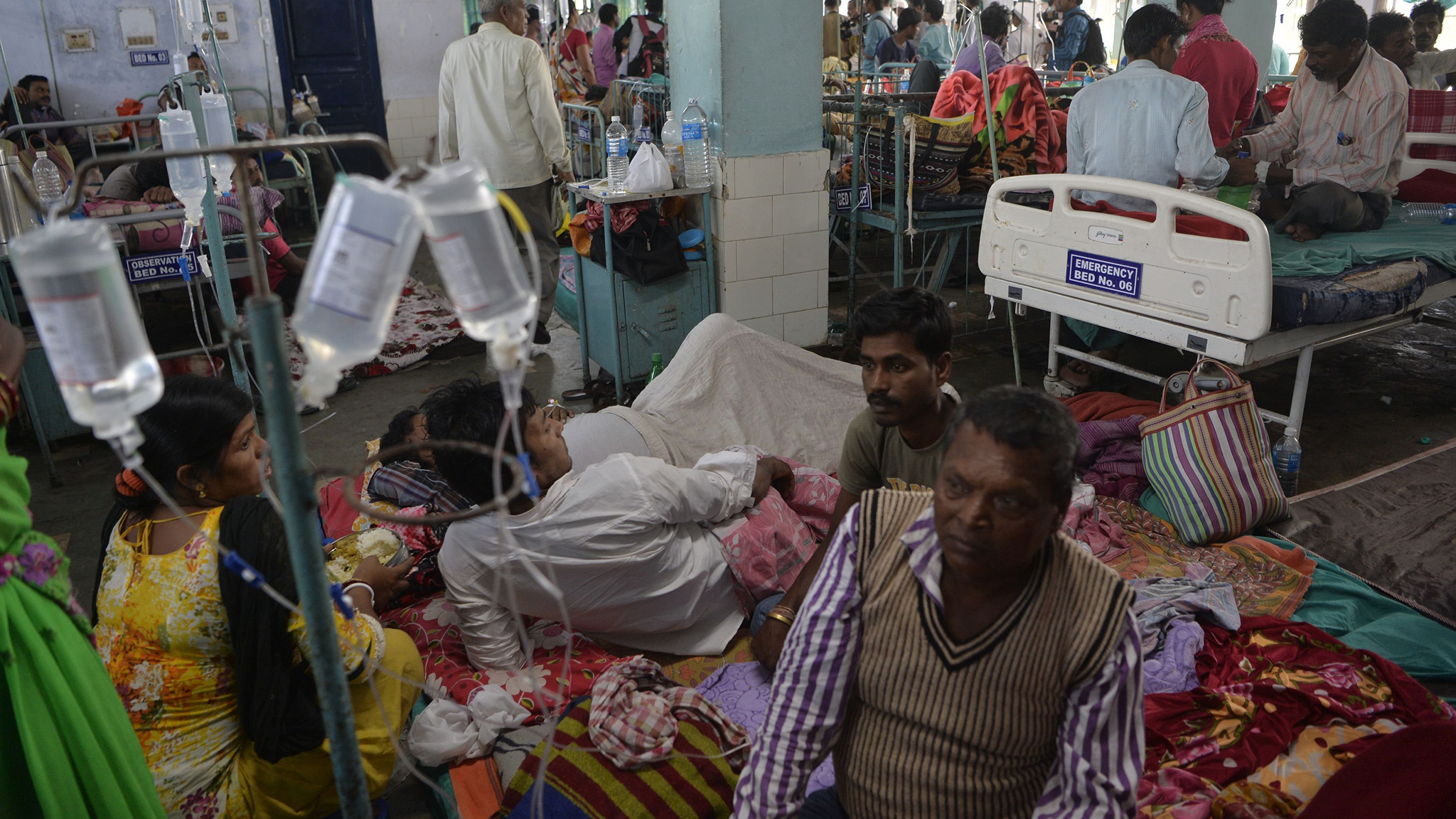
India’s public expenditure on health as a percentage of the GDP is far lower than countries classified as the “poorest” in the world.
V.S.Pandey
The present corona crisis has brought untold misery to our population and the governments despite doing all that they can, are finding it difficult to manage basic health care requirements like medicines, oxygen supply, hospital beds, intensive care unit beds etc. This dire situation has arisen due to perpetual neglect of our health care system for decades. With the government sparing much less money than the global average for all these years, this crisis was imminent and it needed a pandemic like the present one to bare open the inadequacies of our health care system. All the successive governments must share the blame for the mess that we are in at present. All those ruling the country for past several decades, knew very well that there was a severe scarcity of doctors and other medical staff in our country and that people continued to incur exorbitant medical expenditure across rural and urban hospitals.
These grim facts recorded in the National Health Profile 2018, an annual report released by the Central Bureau of Health Intelligence (CBHI). According to the report, one allopathic government doctor in India, on an average, attends to a population of 11,082, which is 10 times more than the WHO recommended a doctor-population ratio of 1:1,000. The situation is worst in Bihar where one doctor serves a population of 28,391 people. Uttar Pradesh is ranked second with 19,962 patients per doctor, which is followed by Jharkhand (18,518), Madhya Pradesh (16,996), Chhattisgarh (15,916) and Karnataka (13,556).
The NHP report reflects the consistent indifferent approach of all the past and present governments in terms of public health spending and our dismal figure puts India below other low-income nations like Maldives, Bhutan, Sri Lanka and Nepal. Globally, Sweden spends the largest chunk on public healthcare by dedicating 9.2 per cent of its GDP. Clearly Public healthcare, in the last many decades, have been a low priority for India with just 1.29% of the country’s GDP in 2019-20 spent on healthcare. Contrast this with the global average of 6%. In fact, India’s public expenditure on health as a percentage of the GDP is far lower than countries classified as the “poorest” in the world. This neglect of our health care system had to take its toll one day. With the public health care system in shambles in rural areas, pressure started mounting on the meagre urban health facilities. The second wave of this pandemic immediately overwhelmed our system and all kinds of shortages , which have been in vogue all these decades but did not come under public glare earlier, came in the open for all to see and suffer.
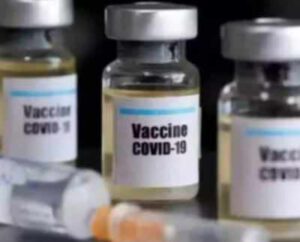
The present health crisis has undoubtedly caused untold misery to our people , for which successive governments will have to share the blame. But the present ruling dispensations has to do every thing possible to first correct the man-made shortages caused by inadequate planning, poor execution of plans and lack of coordination amongst the various arms of the governments. Simultaneously other necessary steps like ramping up the availability of beds, testing facilities, monitoring systems, providing expert consultation to patients need to be undertaken on a war footing. We have all the resources , expertise and experience to not only manage this kind of crisis but deal with it successfully. We must take all possible care to avoid infection and to not spread fear and negativity. Our medical experts have given clear guidelines and prescribed medications to combat this virus from home itself, which is generally enough to recover.
But this information has to be spread quickly in rural india also where this virus has started to spread. Lack of awareness and almost non -existent health care infrastructure in rural areas has to be the biggest concerns of those managing this pandemic. Fortunately we have trained medical staff at the village level and their services are being utilized by state governments to manage the pandemic. Now adequate supply of oximeters, thermometers and required medicines need to be reached to them with detailed guidelines to combat the virus. The primary health centers which are four to six bedded hospitals for primary health care, should be equipped with oxygen cylinders in adequate numbers to ensure that who so ever needs oxygen therapy in rural areas can be provided the same, without rushing to urban centers which are already overwhelmed and are facing acute shortages of all kinds.
The nation and the ruling dispensations must learn a lesson from this pandemic- our country’s health care system needs to be upgraded to the highest level . All kinds of roadblocks in this path need to be urgently removed, if not bulldozed. The nation must not suffer anymore. Let our country arise from this pandemic tall and strong and convey that we have overcome.
(Vijay Shankar Pandey is former Secretary to Government of India)


